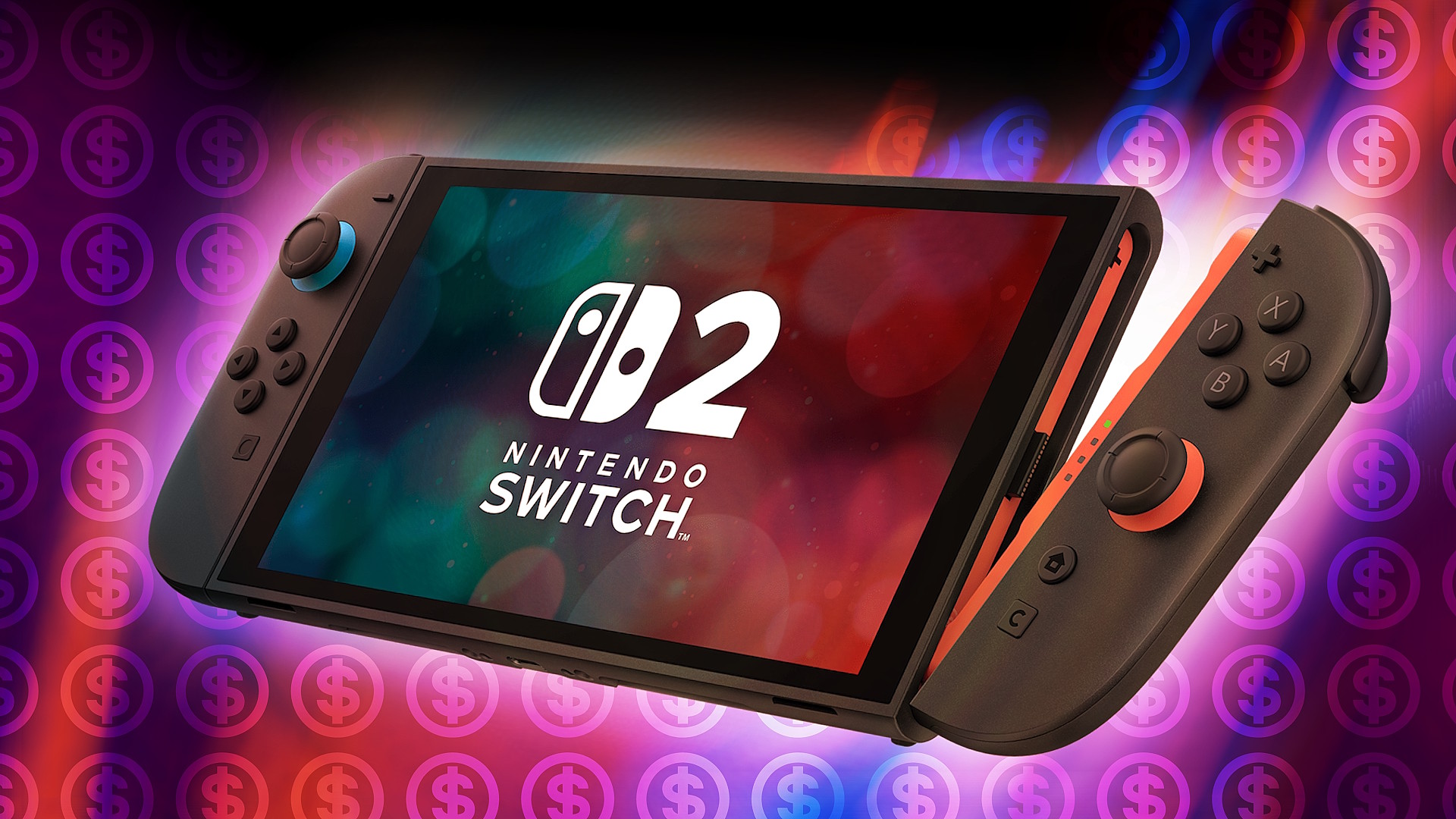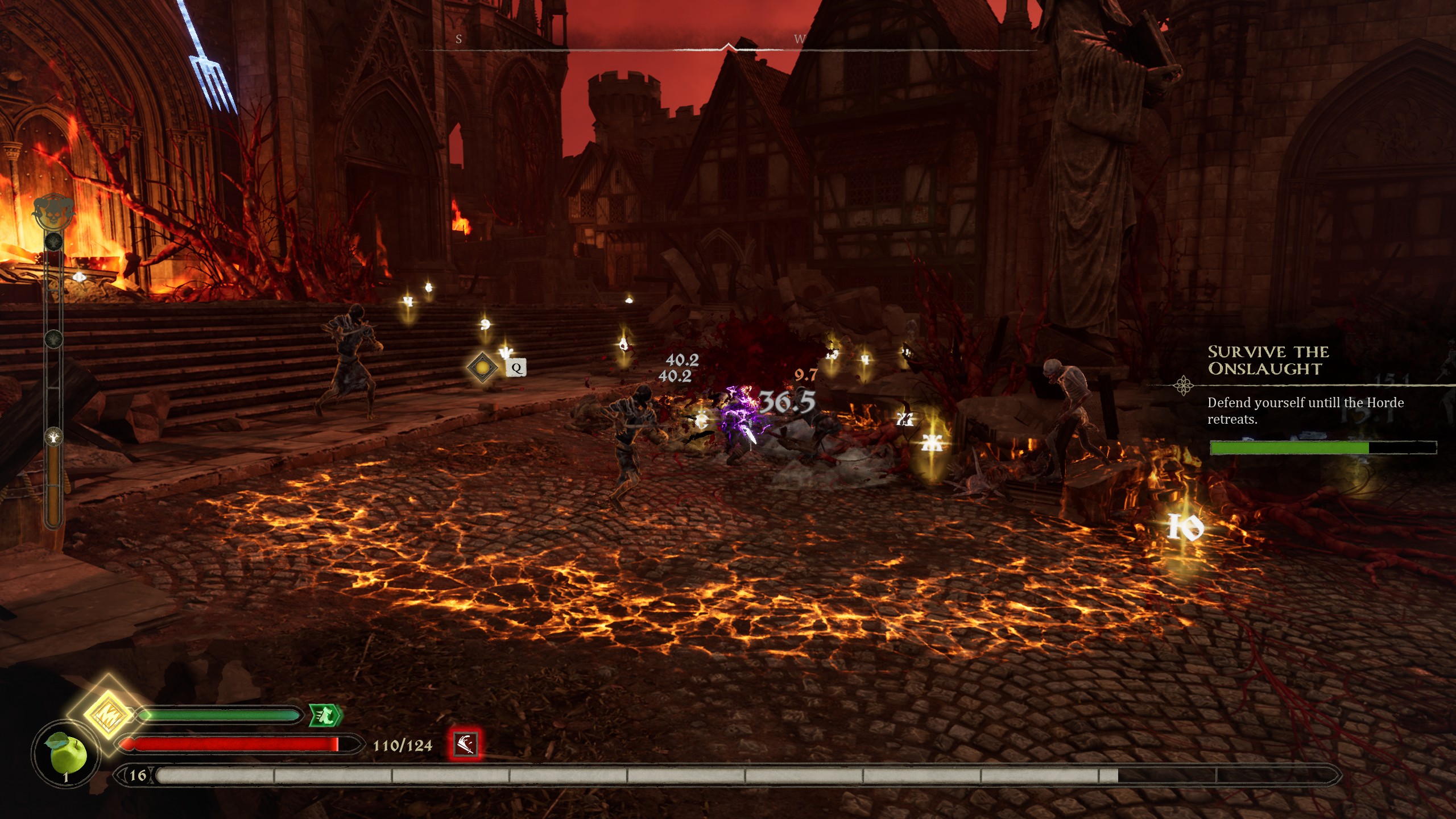The highly anticipated full reveal of the Nintendo Switch 2 has brought with it a myriad of emotions. While most remain very excited about the new system—which is arriving in only a matter of weeks—many others have been struck with ultimate sticker shock at the surprising price tags of some of the system’s games. Initial reactions point to “corporate greed” as the ‘obvious’ answer. But, perhaps the devil is in the details. In other words, things be expensive these days.
Reaching new heights
At the risk of seeming like an apologist for the multi-billion dollar company, I’d like to stress just how much that’s not the case. Nintendo doesn’t need my defense, nor do I wish to defend it.
At the end of the day, this is a for-profit company that’s releasing a new product to the masses to generate said profit. It’s almost like these companies are not our friends, and that we’re actually just clientele to them.
That said, considering Nintendo has often been a little more on the conservative side the last few generations when it has come to pricing, the mixed reaction to the price is understandable. Gamers already felt a sting a few years back when the ‘standard’ price for large releases hit $70 with the arrival of the PS5 and Xbox Series consoles.
Yet, Nintendo has now, rather surprisingly, gone above that with the incoming release of the $80 Mario Kart World.
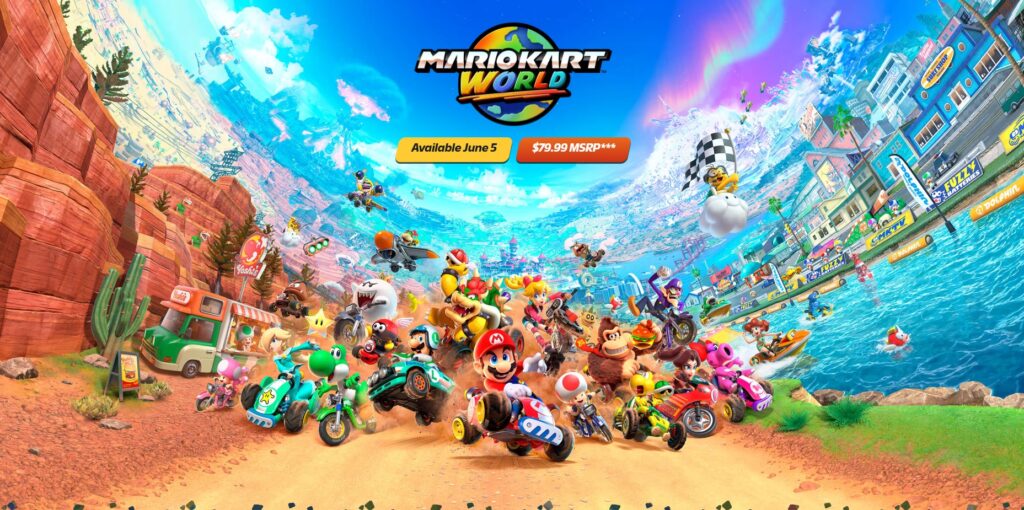
It’s this price, in particular, that has sent shockwaves throughout the gaming community. This is now Nintendo’s most expensive single game release to date, beating out the previous titleholder that was The Legend of Zelda: Tears of the Kingdom which released for $70 in 2023.
Upon that reveal, Nintendo sought to placate the masses by saying it would evaluate the pricing of future titles on a “case-by-case” basis. Now, $70 price tag looks poised to be the new norm for the Switch 2, and in the case of Mario Kart World, even then some.
Mario Kart World’s price has been lambasted not only due to it being so unexpectedly high, but also due to a lack of an explanation from Nintendo, on top of the rest of the industry not even hitting such a level yet.
As for that last part, however, is this really the case?
Times are ever-changing
The current trend when it comes to game releases has been to release multiple SKUs for a single title. Take Activision’s recently revealed Tony Hawk’s Pro Skater 3 + 4, for instance. It’s a full remake of two older titles, so its initial price is a rather reasonable $50. Though, for the ‘Digital Deluxe Edition’, that price jumps to a much more ‘modern’ $70.
However, for something even more comparable to most other modern releases, we can look to The Crew Motorfest from Ubisoft which launched back in 2023.
It has the decreasingly unique situation of being a retail title that’s not free-to-play, but has many microtransaction-laden live service elements similar to an actual free-to-play game. This results in an odd in-game economy.
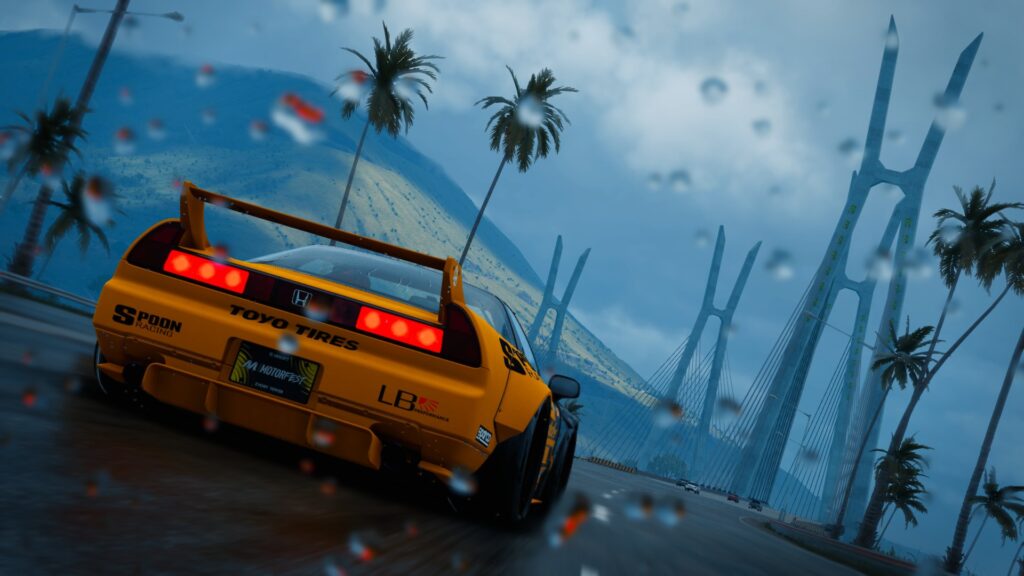
At the time of writing, The Crew Motorfest comes initially as a Standard Edition for the now typical $70 asking price, though you can shoot higher for the Deluxe Edition at $80. Even then, you have the extra steep Gold Edition for $100, and even then, if you’re a true ‘baller’ you can opt for the aptly titled Ultimate Edition for $120.
This is to say nothing of the virtual currency it utilizes to facilitate purchases of some vehicles and vanity items from its ever-present in-game Shop.
This virtual currency is almost only attainable by means of spending real money in exchange for fixed-number currency packs, thus promoting spending more as you’re pretty much guaranteed to have just a little VC leftover after an in-game purchase . In turn, this further encourages the purchase of yet another pack to make up the difference when wanting to buy another item.
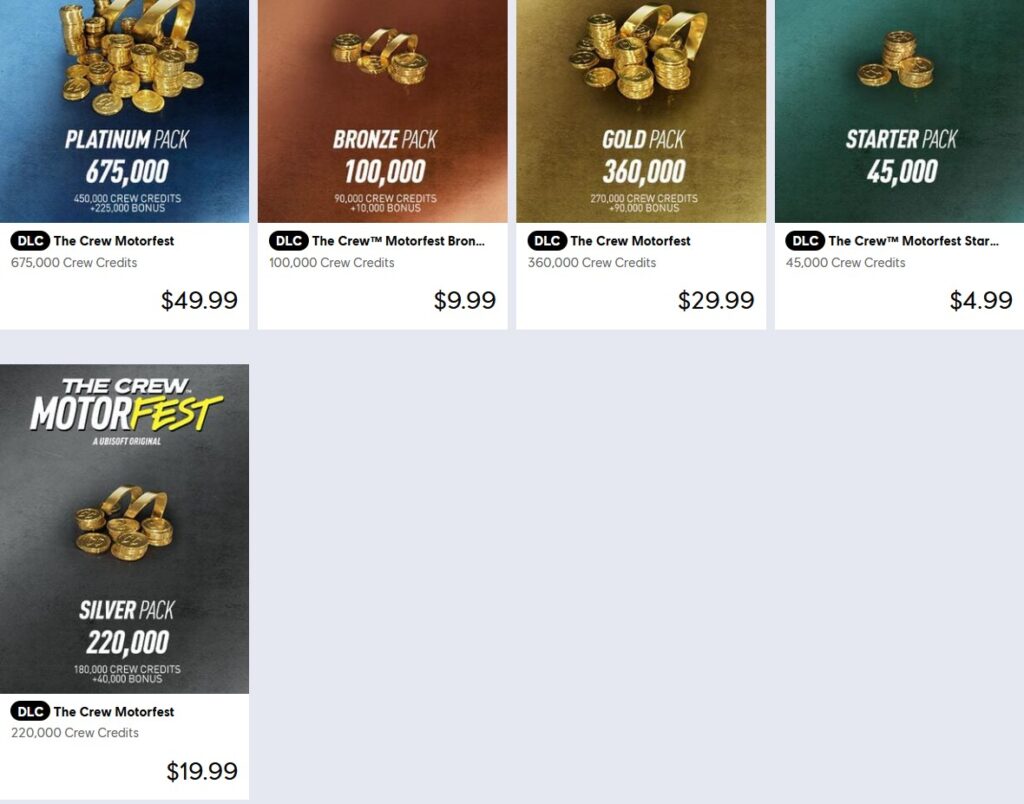
I can name even more names, but I think we get the object of the game here—many modern titles are no longer ‘one-and-done’ purchases.
The aforementioned Tears of the Kingdom garnered just as much attention for being a modern release that surprisingly had no subsequent DLC, as it did for its $70 price-tag. Most modern releases are pretty much expected to have a DLC roadmap, which is almost always behind a paywall.
I know I said a moment ago I wouldn’t name more names, but there is one more I’m still upset enough to mention: Microsoft Flight Simulator 2024.
I’ve already dressed down this product enough a few months ago back when it had one of the roughest launches in recent memory.
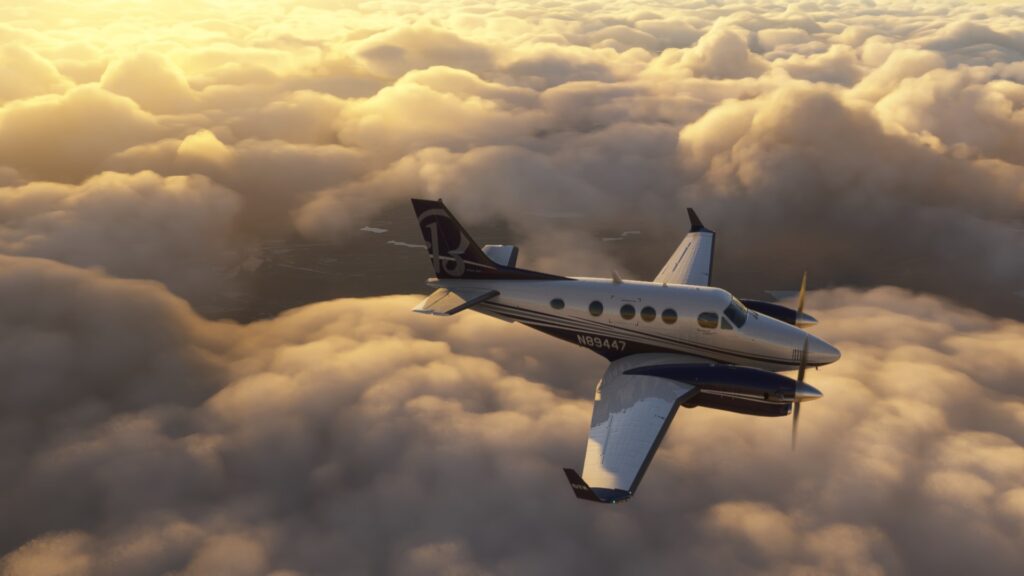
That said, I paid $120 for the Premium Deluxe Edition, yet couldn’t play it until two days after it released. Even then, it still wasn’t in the best of shape, and as of the time writing, still isn’t. While it’s now somewhat functional, there are still core bugs and other issues that are awaiting the second Sim Update, which is expected sometime within the next few months. It should be noted that the game is now over a half year old.
It’s situations like these that make up the modern gaming landscape that Nintendo finds itself in as it’s about to launch a brand-new system.
While none of the modern tactics that Nintendo or any other publisher have implemented are 100% “justified,” you have to look at the bigger picture for the pieces to really fall into place.
Widening the lens
Nothing made things clearer to me than popping into an inflation calculator and doing some eye-opening comparisons.
“Inflation” is a term that we’ve all begrudgingly become familiar with in recent years. It has existed for almost as long as there’s been currency exchange, but it’s become particularly egregious in modern times.
Of course, 2025 marks five years since the Covid-19 pandemic—an event that rocked the global economy so much that its after-effects still linger. Thus, it’s often been used as a mile marker to describe the state of affairs pre and post its arrival. Therefore, let’s look at some pre-Covid prices.
The original Switch just so happened to launch a good few years prior, giving us a fair comparison point:
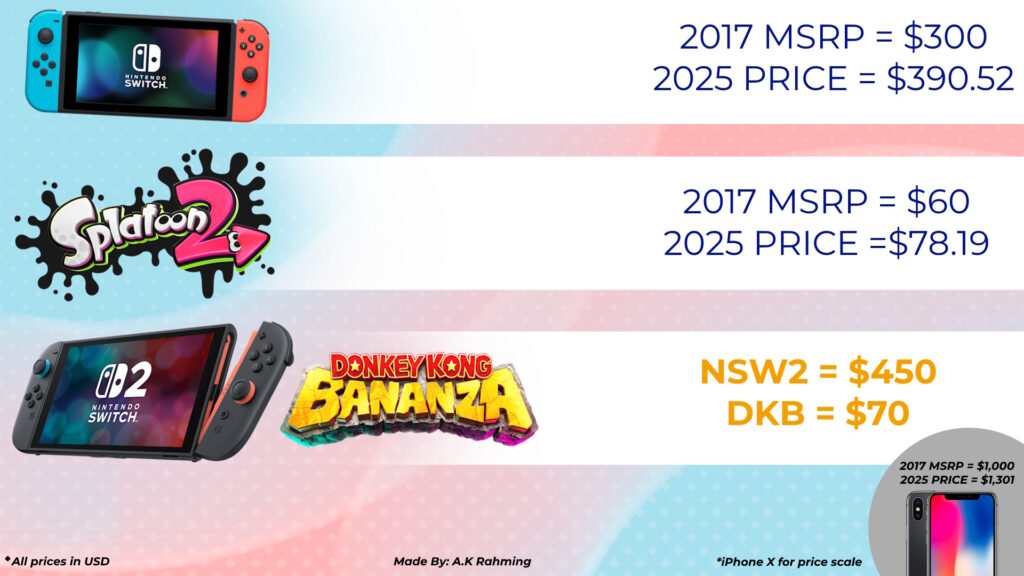
Back in 2017, Nintendo launched the Switch with an MSRP of $300. Adjusted for inflation, that price would now be $390.52. Its games carried the former industry standard price of $60, which is now $78.19 in 2025 money. Now, doesn’t that put things into perspective?
For the sake of comparison, I also dropped the iPhone X’s launch price into the calculator. I was curious since it also happened to release in 2017 and generated similar controversy due to its, at the time, unprecedented $1,000 MSRP. In 2025, it stings even more at a bitterly sore $1,301.
Things truly do be expensive!
Economics is not a sexy topic, but it’s the language that companies like Nintendo speak. Ergo, we find ourselves with the pricing scheme of the Nintendo Switch 2 and its games.
Where do we go from here?
The discourse surrounding this whole thing continues to be rather interesting. Some folks claim that they will not be purchasing day one anymore, while others bring up the valid argument that younger players are going to have a hard time convincing their parents to drop so much dough on a new system and its pricey games.
But, again, Nintendo is not exactly alone in this field.
To bring Apple back into the conversation once more, the two companies are often compared due to their similar characteristics. Again, Apple was maligned for pricing the iPhone X at $1,000, yet that’s rather quickly became the industry norm.
In fact, in a world where most flagship smartphones now launch with multiple variants all priced differently, the most expensive options have actually turned out to be the best-sellers.
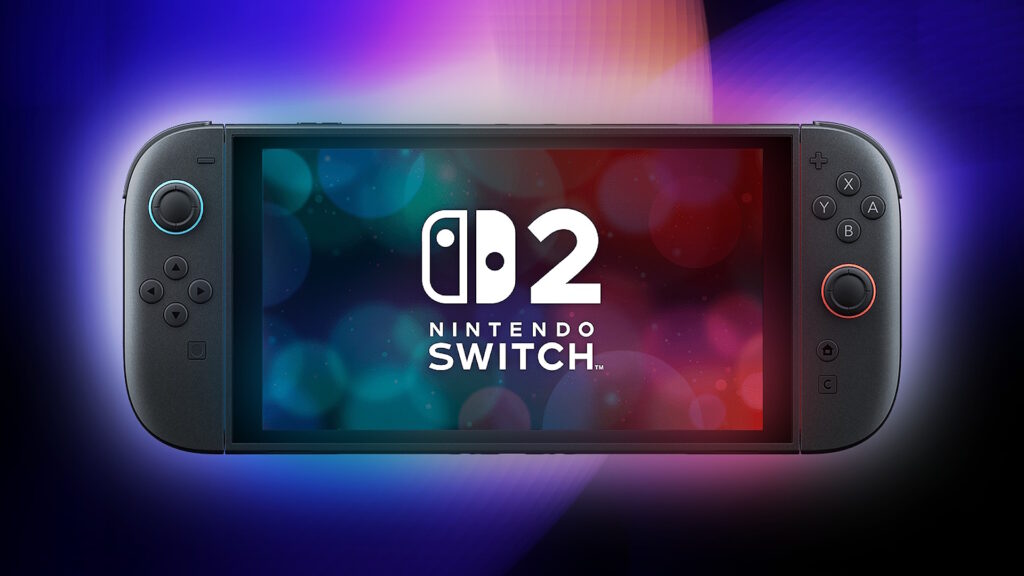
It’s also fair to mention that Apple was also heavily criticized when it was the first to remove the headphone jack from its devices, and then later went even further by discontinuing the inclusion of a charging block in the box for many of its devices.
Despite all the initial negativity that spawned from these decisions, not only did the company not change its course, but these events are now mere footnotes in history as consumers have gotten used to the new norms.
Once again, I want to stress I’m not defending the billion trillion-dollar company. But, if history is anything to go by, this initial wave of criticism against the Nintendo Switch 2 seems almost bound to pass.
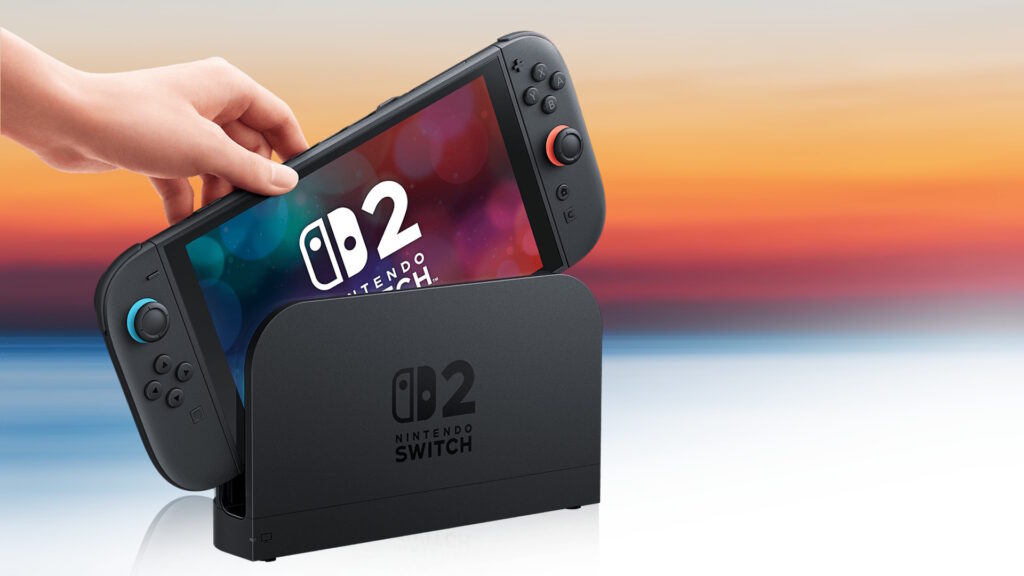
That said, some have pointed to how the Nintendo 3DS originally launched in 2011 at a higher-than-wanted price tag of $250 (equivalent to $354 in 2025), leading to slow initial sales. This eventually moved Nintendo to quickly pivot and slash the price to $170 (equivalent to $253 in 2025), which greatly helped things to pan out in the end. Early adopters were compensated in the form of the Nintendo 3DS Ambassador Program; a noble move by the company, but it took a bit for the PR meltdown to truly stabalize.
Admittedly, it’s worth noting the circumstances between now and then are very different. In short, the 3DS launched with no real system sellers, therefore it just wasn’t an enticing package at all for its initial price.
The Nintendo Switch 2, meanwhile, not only has a far greater selection of games launching this year, but it also benefits from the immense brand power and back catalog of its predecessor.
Nevertheless, some have labeled the 3DS launch situation as a move from a “desperate Nintendo,” whereas this current trajectory is that of a “greedy Nintendo” that has a hubris similar to that of Sony when it infamously launched the PS3 for $600 in 2006 (equivalent to $949 in 2025.)
Yet, I can’t really go as far as to call this “greed” as much as it is, rather simply, ‘just business.’
“That’s just business”
The current generation of consoles have all but proven how precarious the economies of scale are. Not only are some of the highest-profile games carrying budgets in the hundreds of millions of dollars, but the systems we’re playing them on aren’t really going down in price with time.
The PS5 and Xbox Series consoles are almost a half-decade old, and aside from the odd retailer sale here or there, they’ve mostly kept their same launch MSRP up until now. In some markets, they’ve even seem an increase in the years since launch. This is all due to components both being outright more expensive, and also not going down in price as quickly as they used to.
This is to say nothing of the digital-only $700 PS5 Pro, which has set the stage for a next generation of consoles that will likely cost just as much, if not more.
So, when viewed holistically, one can argue that the situation Nintendo Switch 2’s price tags aren’t as ‘evil’ as they appear. It’s not an enjoyable reality, but at this point, is anything?
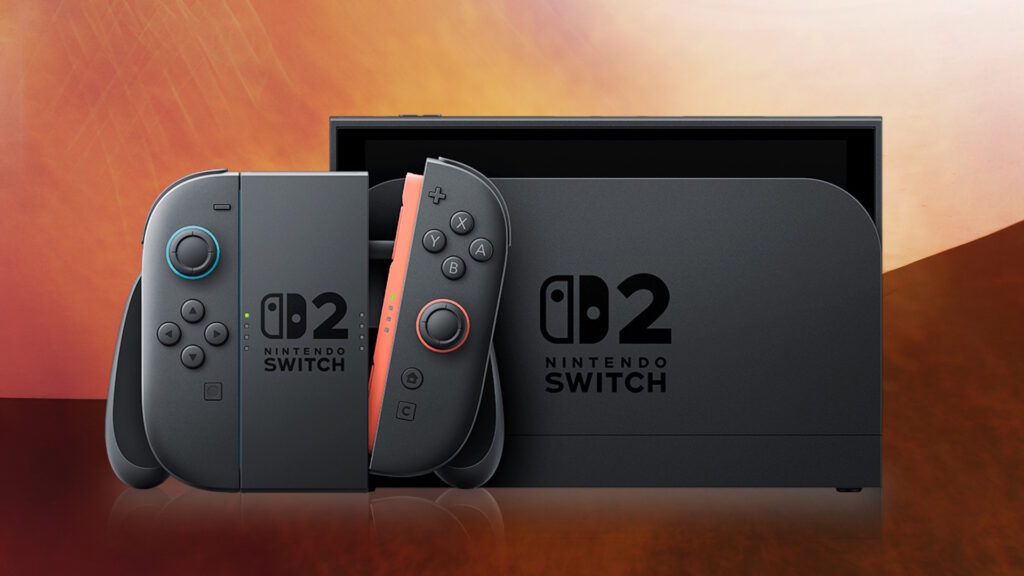
Video games are meant as a means of escapism for the player, but the business that goes into their creation is unfortunately very much influenced by the ever-changing conditions of the real-world. And right now, the global economy is rocking and rolling in all sorts of directions.
Gaming is one of the most expensive hobbies one can have, and now, like most everything else, it’s getting even pricier. This isn’t what any of us want to think about, but as for companies like Nintendo, it’s a matter of keeping charts trending in the right direction.
In the face of mass industry layoffs and studio closures left and right, it’s painful, yet plain to see why that’s important.
Nevertheless, the question remains: ‘Can Nintendo be swayed by a soft response to the Switch 2 from the market?’ Perhaps. But, an even better question is—will the market actually follow through with not purchasing immediately? We’ll find out rather soon.
Nintendo Switch 2 supports HDR, 120fps and 4K output | Nintendo Switch 2 launches June 5 for $449, pre-orders live April 9

